Valve stems are a crucial part of any tire. Well, they are not part of a tire per se, but they are an auto part designed to ensure the tires’ safety and performance. Therefore, valves are important!
Valves keep air pressure from escaping tires. From valve cores to caps and versatile valve types, we will walk you through everything you need to know about valves and how said valves function.
The small tube system that you can use to fill your tires with air is called a valve stem. This system is basically a one-way door used to transfer gas (in this case air pressure) into a chamber (tire). Different valve types are available.
Valves are located on most pneumatic tires, from automobile to bicycle models. Tire valves are used to add or remove air pressure inside the tire. Once air pressure enters the tire, tire valves do not let it escape on their own.
A tire stem helps tires keep their optimal pressure levels, by using its different components. Valves consist of a valve stem body, a valve core, and a valve stem cap. These work together to keep the correct pressure levels inside the tires.
The various components of valves work together to enable the tire’s secure performance. Air pressure loss can occur if the valves are damaged. But, as long as they properly function, valves will hold air and guarantee the tires’ performance.
There are versatile types of tire valves available for purchase. The type you need greatly depends on various components: mainly what type of tire the valves are used on.
There are three different tire air valve stems manufactured:
These have various applications! Let’s talk about them in more detail.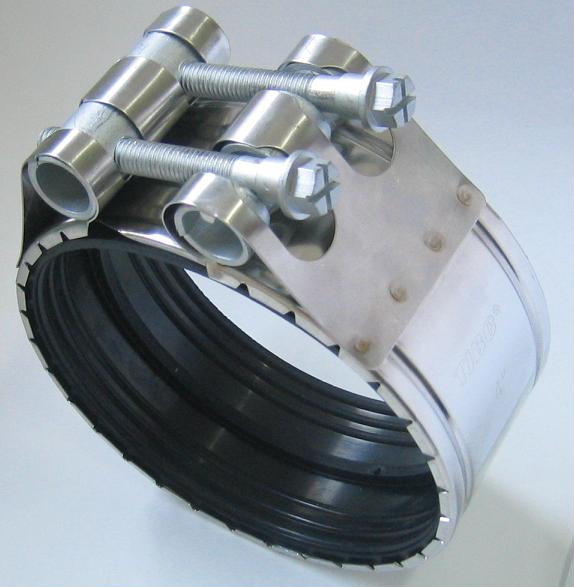
Probably the most common valve type is the tubeless rubber snap-in tire valve, as they are suitable for passenger cars, light-duty trailers, and various light trucks. Additionally, they can be used in autocross competitions as well.
These tire valves hold a maximum of 65 psi, as a cold tire inflation pressure. This valve stem size usually ranges between 0.7″ to 2.5″ and it can fit 0.453″ or 0.625″ diameter rim holes. Often they sport plastic valve stem covers, but some can be purchased with chrome sleeves or a metal tire pressure cap. However, this is merely for aesthetic purposes.
Check out this valve stem sizes chart:
The tubeless snap-in high-pressure tire valves function in the same manner as the previous type does. However, they are used for applications where the maximum pressure is above 65 psi. In other words, they are for medium- to heavy-duty trucks and trailers, that use pressure to handle larger weights.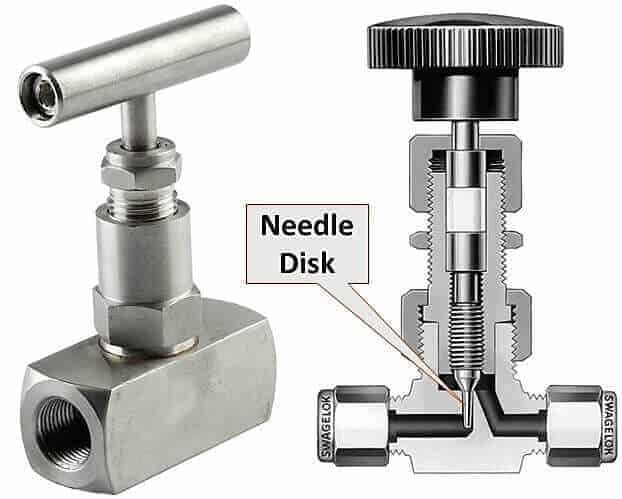
These tire valves are made in two rim hole fittings: 0.453″ for tires with a max cold inflation pressure of 80 psi, and 0.625″ for those with 100 psi. Due to the vehicle applications, these valve stem sizes range between 1.25″ to 2″. High-pressure valve stems are designed for steel wheels. They are equipped with thick rubber snap-in bases, metal barrels, and plastic pressure caps.
Size chart of high-pressure, tubeless snap-in valves:
High-pressure metal valve stems are clamp-in models that use a rubber grommet, which seals the valve against the wheel when you tighten the holding nut. These valves are generally manufactured for high speed, racing vehicles, or for vehicles exceeding 130 mph.
Most metal clamp-in tire valves are available for 0.453″ and 0.625″ rim holes. However, some special applications are available for 0.236″ and 0.315″ rim holes. Additionally, they come in straight or bent styles to accommodate even unique wheel shapes. These valves hold maximum cold tire inflation of 200 psi.
These valves hold maximum cold tire inflation of 200 psi.
These valves have two fitting types: with the retaining (holding) nut inside or outside of the rim. For aesthetic reasons, many drivers prefer it to be hidden inside the rim. However, outer placements allow you to tighten the nut whenever it is necessary.
We have talked about the types of tire valves you can purchase for different vehicles. Now, let’s see their components.
Like most auto parts, valves also consist of multiple parts, which are:
These individual parts of valves work together to hold air in the tires. Some are crucial and some don’t have to be used. However, these parts working together will guarantee the vehicle’s secure drive.
A valve cap should be used on all valve stems. There is a good reason for this! Moisture contamination and loss of air pressure at high speeds can cause problems.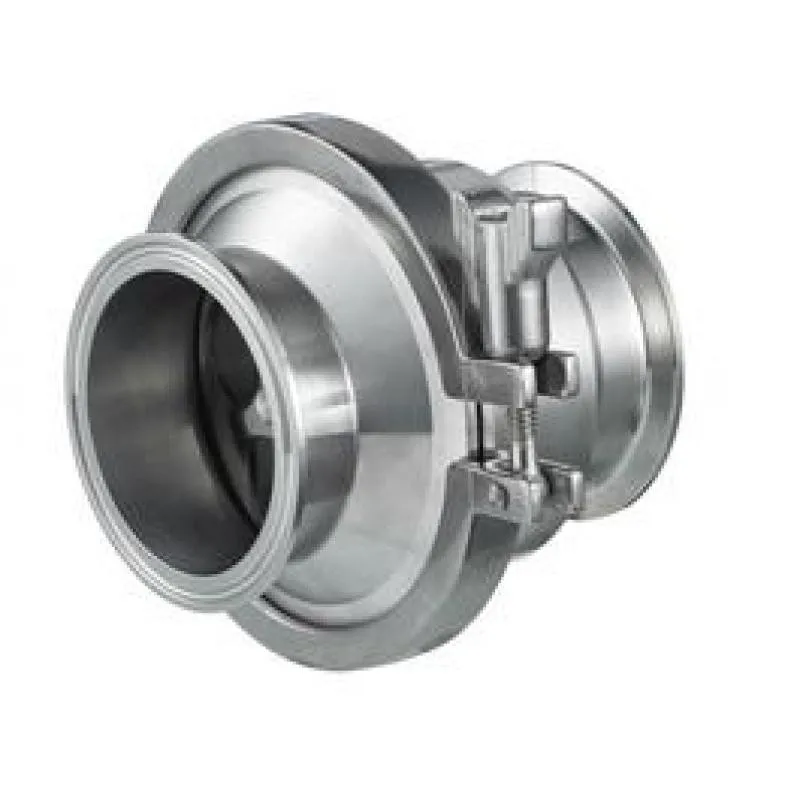 They can damage the valve core or cause the tire to do flat. However, a valve cap will help prevent these issues.
They can damage the valve core or cause the tire to do flat. However, a valve cap will help prevent these issues.
Tire valve caps are available to be manufactured from plastic, metal, or metal with a special screwdriver design. When these caps are used greatly depends on which vehicle they are on. When it comes to everyday driving, a plastic tire pressure valve cap should be enough. However, for racecar applications, a metal one is better. Tire stem caps are either knurled or hexagon-shaped to make them easier to remove.
While missing tire valve covers are not the end of the world, it is advisable to replace them. For one, it is a second seal that prevents pressure from escaping, in case valve core damage occurs. On the other hand, it also makes sure that sand, dirt, and moisture does not enter the stem and damage it.
A valve core is the main seal inside the stem. This part of the stem seals tire pressure inside the tire, preventing it from escaping.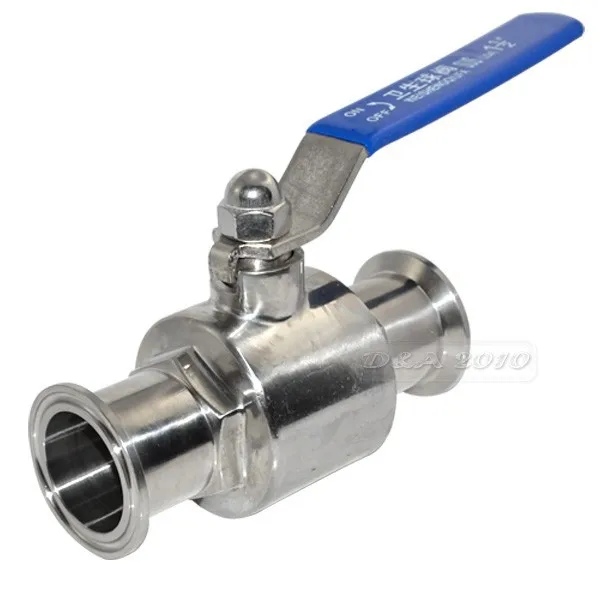 It should be tightly screwed into the valve core chamber. They are manufactured with shorter (for high speed applications) and longer lengths, and nickel-plated and brass valve cores are available.
It should be tightly screwed into the valve core chamber. They are manufactured with shorter (for high speed applications) and longer lengths, and nickel-plated and brass valve cores are available.
It is important that you only use a nickel-plated valve core with an aluminum tire pressure sensor valve stem. This is due to brass valve cores in such applications experiencing corrosion that can transfer and affect the aluminum wheel as well. This is to protect the wheel and its integrity.
These valve cores basically consist of a spring-loaded pin that is moveable. This allows air pressure to inflate and deflate the tires. This valve stem seal prevents pressurized air from escaping the tires when the caps are off. The valve stem core is durable, but dirt, moisture, and sand can damage it. Dirt and sand will prevent valve cores from sealing properly, while moisture will freeze and damage the valve cores.
If you fit wheel covers on your car, you can use valve extensions to make the inflation process easier. These nylon or metal extenders are available in sizes between 0.5″ and 2″.
These nylon or metal extenders are available in sizes between 0.5″ and 2″.
It is important to select the ideal extension length or to purchase durable, preferably metal, ones. Road and weather conditions and driving habits can easily damage these extensions, which will leave to other issues.
If your vehicle uses direct TPMS sensors, then the valve stems also hold the sensor inside the tire. Mechanics do this with metal clamp-in or rubber snap-in valves. These TPMS sensor tire valve stems work together to transmit information to the TPMS monitor.
The two different TPMS stem types function a bit differently. Let’s see how!
A clamp-in valve stem-sensor combination fits the sensor with a rubber seal and a retaining. These two parts, along with the valve cores and caps, need to be tightened correctly, in order to prevent pressure loss.
These TPMS rubber valves need nickel-plated valve cores to prevent damage. Galvanic corrosion can damage brass cores, which will transfer onto the aluminum barrel with time – leading to even bigger damage.
Galvanic corrosion can damage brass cores, which will transfer onto the aluminum barrel with time – leading to even bigger damage.
The other type of TPMS sensor tubeless tire valve is the rubber snap-in version. These accept TPMS sensors can be different, and purchasing valve stems that accommodate them in crucial.
If the TPMS stems are not compatible, it will lead to air pressure loss. Using the correct combination of valves and TPMS sensors will ensure a safer driving experience.
Have you ever noticed a vehicle with green valve stem caps?
Well, there is a reason for their distinct color! These valve stem seals keep the pressure inside of nitrogen-filled tires. Many believe that adding nitrogen in tires improves their performance, durability, fuel economy, etc.
Therefore, nitrogen valve stem caps are green!
Are Valve Stems Replaced with New Tires?
Usually, when mounting new tires on a vehicle, it is advisable to get new valve stems for tires as well.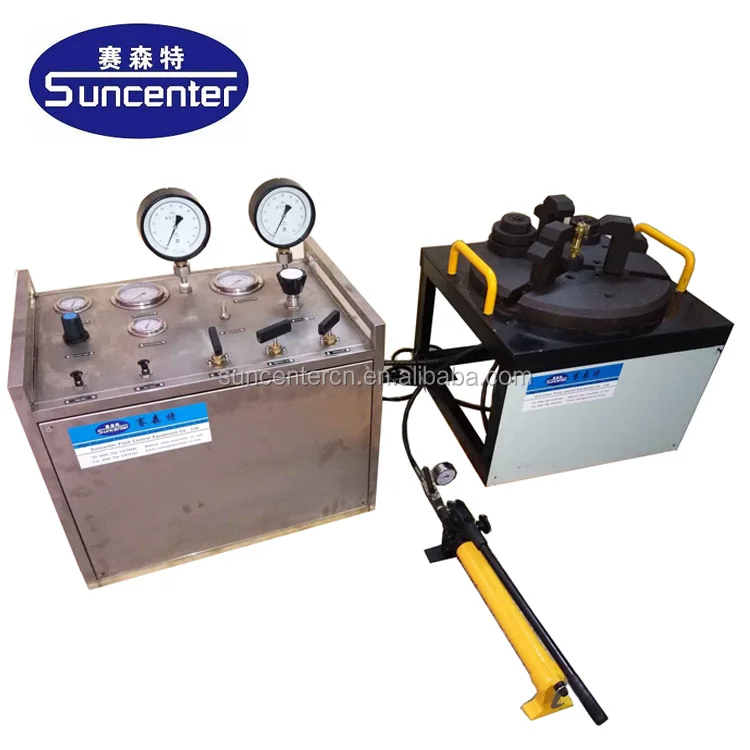 However, when you purchase new tires, the tire valve stem is not included.
However, when you purchase new tires, the tire valve stem is not included.
The valve stem sizes you need depend on the rim size. Low-profile rims (up to 0.9″) will need a 1.5″ stem while a 1.3-1.7″ rim should have a 2.3″ valve stem. Anything taller than 1.9″ needs at least a 3.1″ valve stem to properly function.
To find a slow leak in a tire, you will needs a spray bottle and soapy water. Mix liquid soap and water in a spray bottle and spray the entire tire (sidewalls, tread area, along the rim, and the valve stem). The slow leak will be there the soapy water forms small bubbles with the escaping air.
Air pressure escapes the tire when the valves are open because of the different pressure levels inside the tire and in the atmosphere. The high pressure of the tire flows out until the tire features the atmospheric pressure.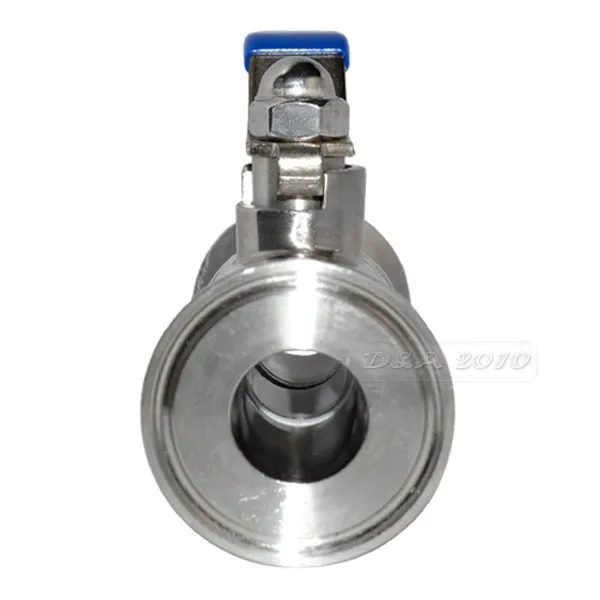 This causes the tire to go flat.
This causes the tire to go flat.
Compare
Compare
Compare
Compare
Compare
Compare
Compare
Compare
Compare
Compare
Compare
Compare
Compare
Compare
Compare
Representative Image
Compare
Representative Image
Compare
Compare
Compare
Representative Image
Compare
Compare
Compare
Compare
Compare
The tire valve stem and valve core allows you to add or release air from your tire.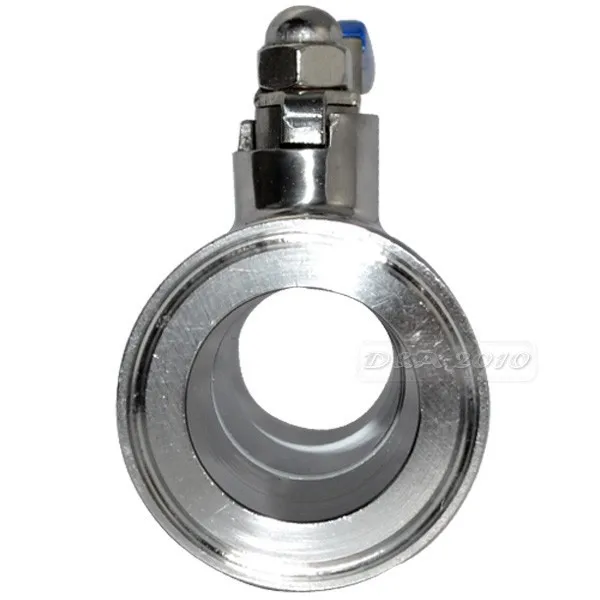 The stem is usually made of rubber, which may dry out and crack over time. This may cause a leak from your tire and cause it to go flat and no longer hold air. It is also possible for the seal on the core to wear out and air can leak past the valve. If your tire is losing air, try spraying soapy water around the tire to locate the leak. If you see air bubbles around the valve stem, it is probably time to replace it. Placing your finger over the end of the valve stem near the core can also tell you if you the core is leaking. If you notice air pressure building up behind your finger, consider replacing your valve core. At O'Reilly Auto Parts, we carry tire valve stems, cores, TPMS sensors, and tools for a complete tire repair.
The stem is usually made of rubber, which may dry out and crack over time. This may cause a leak from your tire and cause it to go flat and no longer hold air. It is also possible for the seal on the core to wear out and air can leak past the valve. If your tire is losing air, try spraying soapy water around the tire to locate the leak. If you see air bubbles around the valve stem, it is probably time to replace it. Placing your finger over the end of the valve stem near the core can also tell you if you the core is leaking. If you notice air pressure building up behind your finger, consider replacing your valve core. At O'Reilly Auto Parts, we carry tire valve stems, cores, TPMS sensors, and tools for a complete tire repair.
Schwer Fittings not only supplies pipes, but also the matching fittings. Pipe clamps have also become an integral part of our range. And this section has recently been significantly expanded.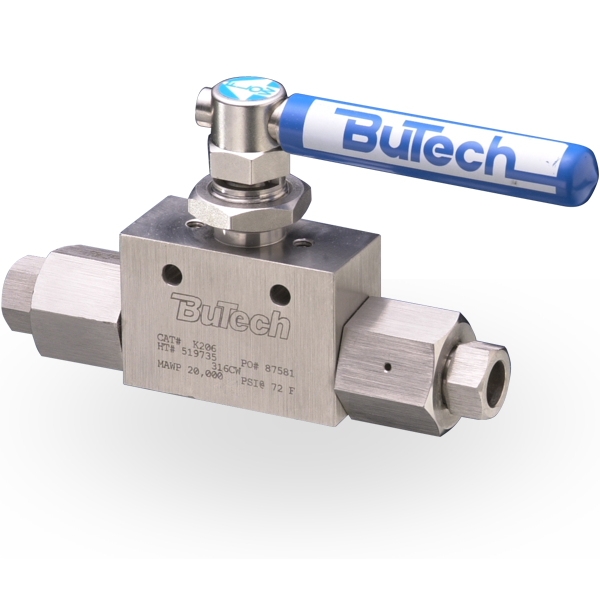 It includes products from block clamps according to DIN 3015 to classic clamps with or without sound insulation.
It includes products from block clamps according to DIN 3015 to classic clamps with or without sound insulation.
DIN 3015 pipe clamps provide fast, efficient and economical assembly. They are indispensable when laying a pipeline. Clamps according to DIN 3015 consist of two halves and are available as standard in metric or inch versions (depending on the outer diameter of the pipe used). The clamp body is made of polyamide or polypropylene. If necessary, the color of the clamp can be changed (in this case, polypropylene is used). For extreme conditions, the clamp halves can be made of aluminium. nine0005
All metal parts are made of AISI 304 or AISI 316. Thanks to the very wide combination possibilities of these clips, an almost universal system has been created.
With this series of clamps, it is possible to fasten with welded plates or a carrying bar or even directly fasten to the unit body. Any laying of pipes of different diameters can be done in parallel or one above the other.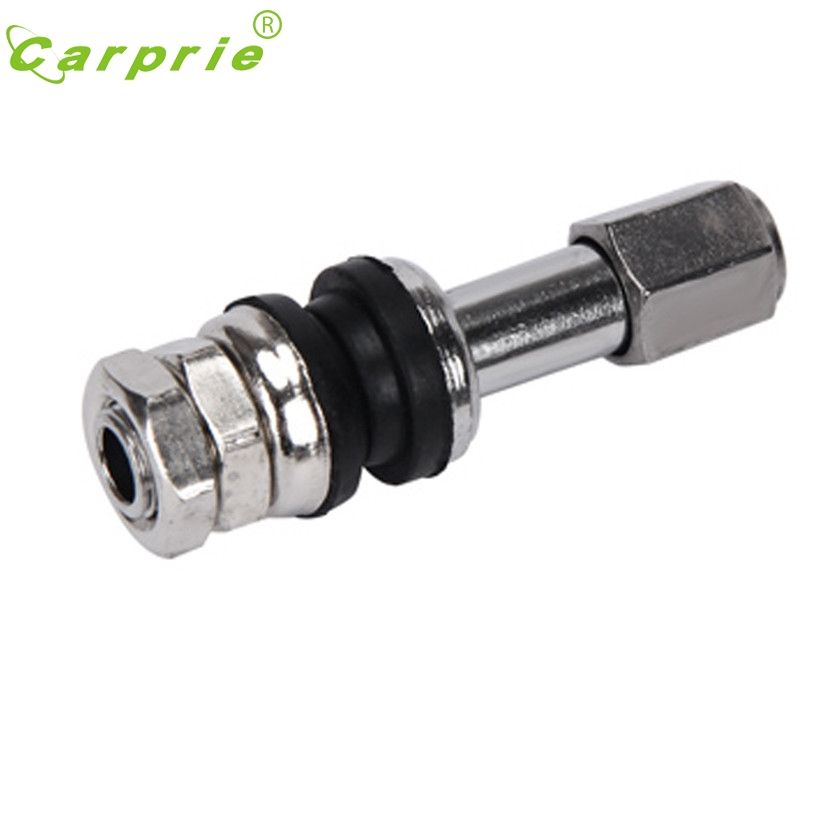 Wall mounting is carried out using special screws, which are fixed with safety plates, eliminating the possibility of displacement. nine0005
Wall mounting is carried out using special screws, which are fixed with safety plates, eliminating the possibility of displacement. nine0005
Clamps are available in light series (DIN 3015 Part 1) and heavy series (DIN 3015 Part 2). This DIN range also includes double pipe clamps (DIN 3015 Part 3).
Pipe clamps according to DIN EN 10357, DIN 11866 in material 1.4301 are mainly used in the food, chemical and pharmaceutical industries. There are also other collars in the nomenclature. Pipe clamps are designed for safe and compact pipe laying, for fixing plastic and metal pipes and hoses. nine0005
Mounting brackets according to DIN 72573 are available with single-sided or double-sided fastening. U-mounting according to DIN 3570 Form A and Form B can be mounted on a plastic support (long and short versions) or on a welding plate. Pipe clamps according to DIN 3567 Form A and Form B, holders according to DIN 3016 (with and without rubber layer) and swivel clamps according to DIN 3017 are also available.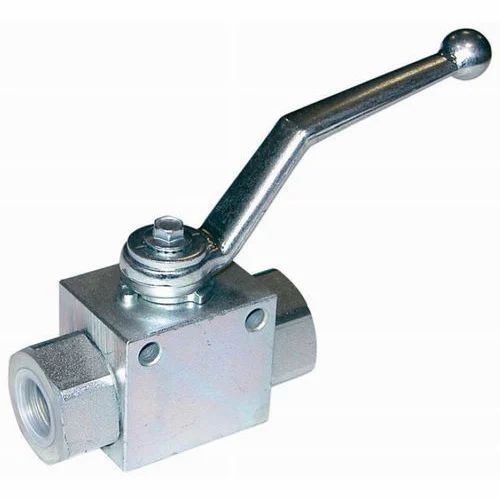
M8 or M10 threaded pipe clamps are available with or without noise insulation, complete with two tension bolts. Clamping range from 12 to 115 mm. In addition, there are pipe clamps with modular threads, spiral hose clamps made of stainless steel. For load-bearing structures, various C-profiles are provided with appropriate connectors and support brackets. They are made from AISI 316 and AISI 304.
Lechler already has a fairly large range of accessories for fastening nozzles to piping systems. Many different swivel ball mechanisms, welded and threaded nipples, clamps with external thread. And in April 2021, this range was replenished with a line of mounting pipe clamps with internal threads. For the client, this will significantly simplify and reduce the cost of connecting nozzles with an external thread.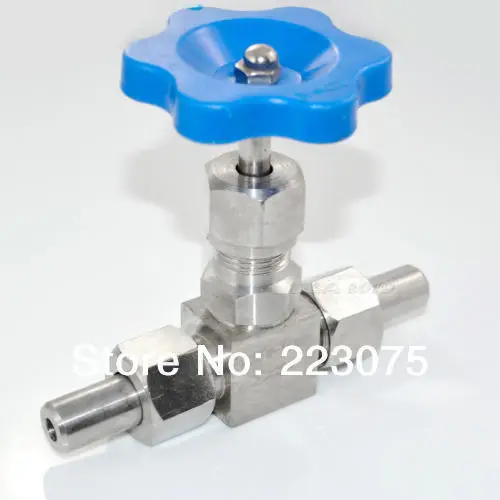 Everything you need to start the system can be bought in one place - both injectors and mount. All you have to do is drill holes of the required diameter in the existing pipeline! Nothing else is needed! nine0005
Everything you need to start the system can be bought in one place - both injectors and mount. All you have to do is drill holes of the required diameter in the existing pipeline! Nothing else is needed! nine0005
The new clamp consists of two halves joined together by a plastic pin connection. These two halves "hug" the pipe and are fixed to the pipe with a bolt and nut. The gasket securely seals the connection. The nut and bolt can be screwed in two directions, depending on the customer's situation (nut on top/bolt on bottom or vice versa). The stainless steel bolt must be tightened by hand. A reference value of 140 cNm can be used as the bolt tightening force. nine0005
pipe diameters for mounting - 3/8’’, 1/2’’, 3/4’’, 1’’, 1 1/4’’. For more detailed overall dimensions of the clamp, pipes, holes in pipes, see below.
Clamp internal thread size - 1/8 BSPP and 1/4 BSPP. Metal and plastic nozzles with both parallel BSPP threads and conical BSPT threads can be screwed into this thread. Plastic nozzles with US NPT threads can also be used with these clamps. Metal nozzles with NPT threads are not recommended, they will damage the clamp threads. nine0005
Metal and plastic nozzles with both parallel BSPP threads and conical BSPT threads can be screwed into this thread. Plastic nozzles with US NPT threads can also be used with these clamps. Metal nozzles with NPT threads are not recommended, they will damage the clamp threads. nine0005
Clamp materials - PA (polyamide), PP (polypropylene), PVDF (PVDF). Collar colors - PA (black), PP (white), PVDF (blue). The material of the bolt and nut is high quality AISI 316L stainless steel. The gasket material is NBR (Nitrile Butadiene Rubber) for PA and PP clamps, FKM (Fluorine rubber) for PVDF clamps. Optional gasket material EPDM (ethylene propylene rubber).
If necessary, depending on the specific operating conditions, the gasket material can be provided at the customer's choice upon additional request. All materials are FDA and EG 19 approved35/2004.